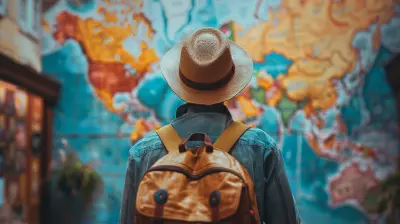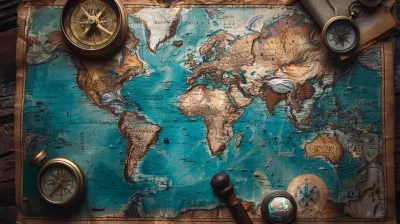Exploring the Natural Wonders of Australia’s Outback
3 July 2025
Ah, the Australian Outback — that beautiful, red-toned land of mystery, marsupials, and endless horizons. If you've ever wondered what it’s like to be swallowed whole by Mother Nature’s untamed playground, buckle up. We’re about to take a virtual road trip through the dusty heart of Australia that’s brimming with more jaw-dropping natural wonders than you can shake a kangaroo’s tail at.
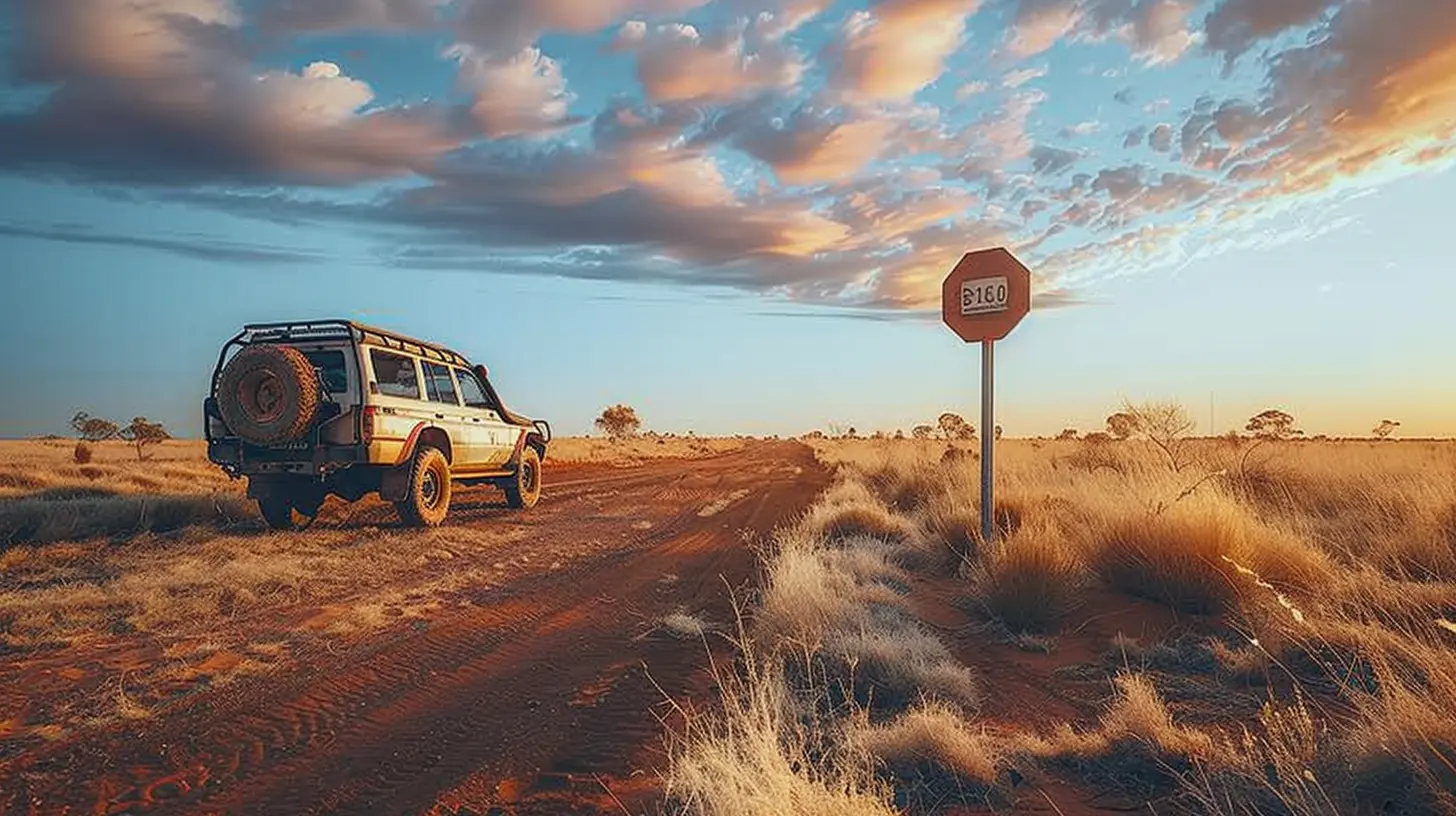
Wait, What Exactly Is the Outback?
Great question! The Outback isn't a neatly drawn-out area on a map. It’s more like a vibe — a wild, remote, rugged kind of vibe. Stretching across most of Australia’s interior, the Outback covers vast portions of Western Australia, South Australia, Queensland, New South Wales, and the Northern Territory. We’re talking red deserts, ghost gums, strange rock formations, and animals that look like they crawled straight out of a prehistoric comic book.Basically, it's where GPS signals go to die... and the adventure begins.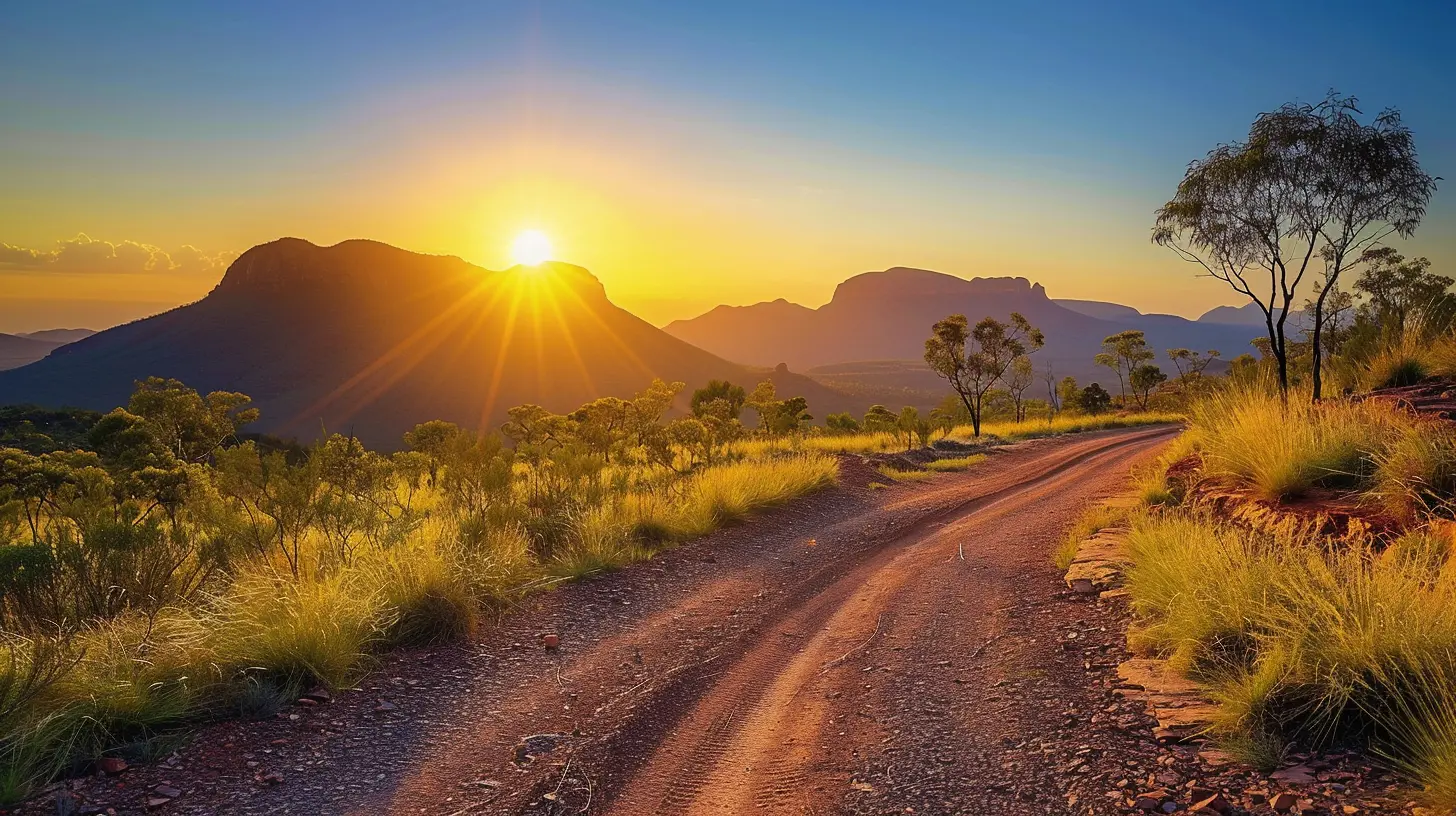
Uluru: The Rock Star of the Outback
Let’s kick things off with the celebrity of the Outback — Uluru. This massive sandstone monolith plopped in the middle of nowhere is more than just a pretty rock. It’s sacred to the Anangu people and practically glows like it’s been plugged into a giant dimmer switch — blazing orange at sunrise, deep crimson by sunset.Don’t even think about climbing it. Not only is it culturally disrespectful, but there’s way more fun to be had walking around the base, hearing Dreamtime stories and spotting ancient rock art.
Pro Tip:
Stick around for the Field of Light — a mesmerizing art installation with 50,000 solar-powered blooms that light up the desert floor like stars fallen from the sky.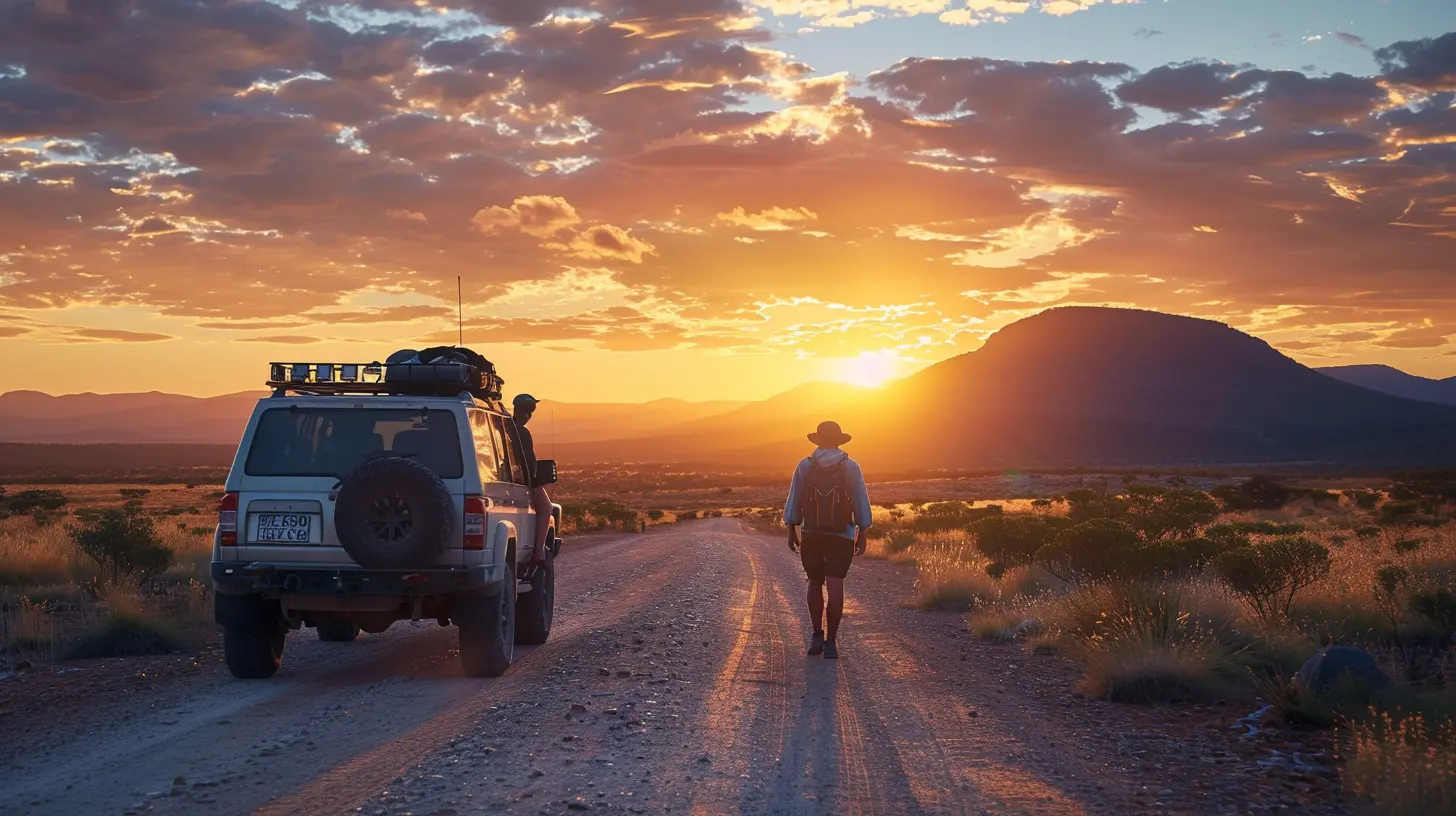
Kings Canyon: Nature’s Grand Cathedral
If the Grand Canyon had a dramatic Aussie cousin, it would be Kings Canyon. Located in Watarrka National Park, this bad boy boasts sheer cliff faces, a lush Garden of Eden at its center, and a 6-kilometer rim walk that’ll leave your legs shaking and your camera roll fully saturated.It’s got fewer crowds than Uluru, but the views are cinematic — think rusty red cliffs clashing with pockets of green, and silence so loud it’s almost spiritual.
Bring Your Best Walking Shoes:
The Rim Walk is no joke. You’ll start with “Heart Attack Hill” (yes, that’s the actual nickname), but trust me, it’s worth every drop of sweat.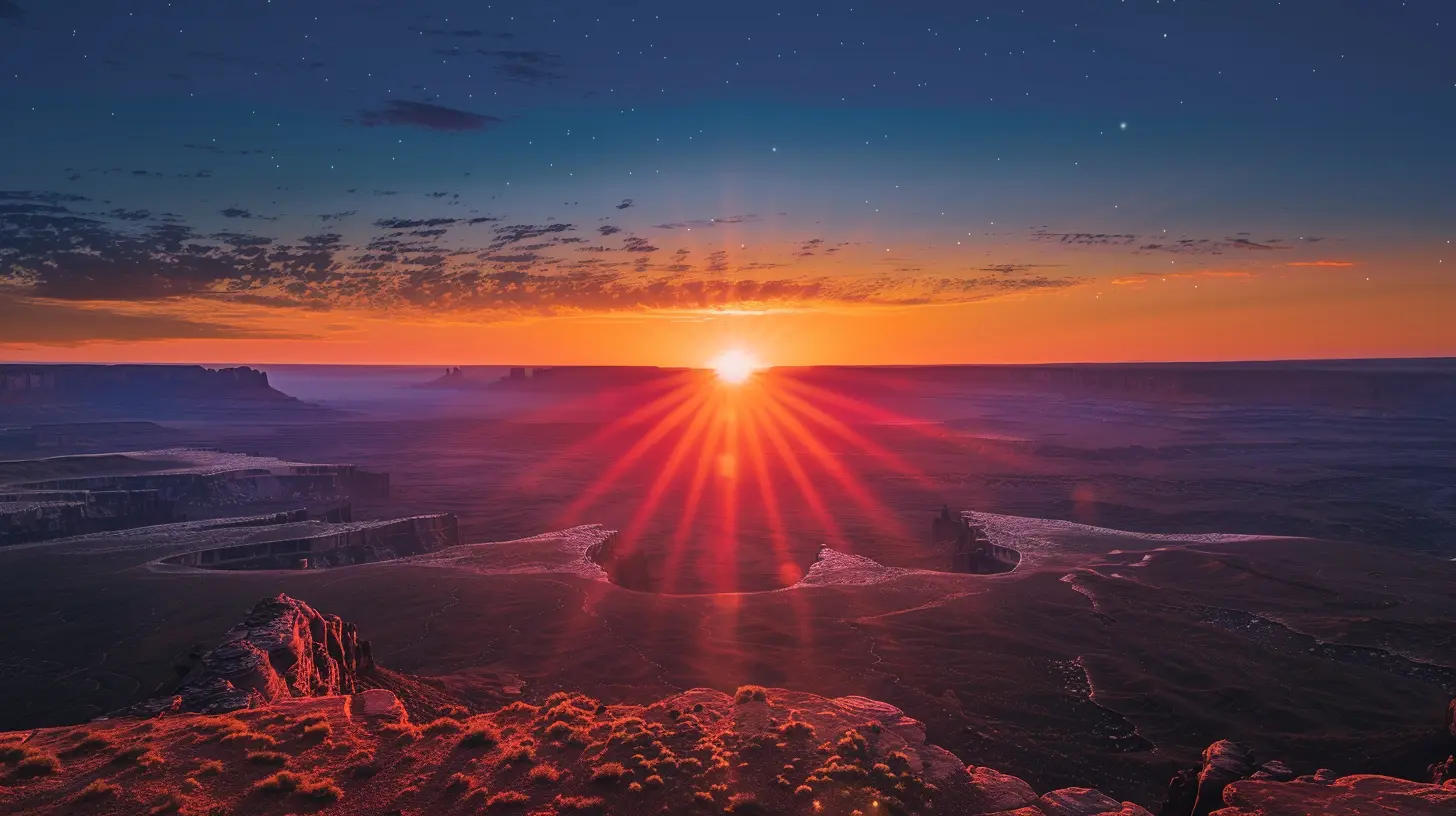
The MacDonnell Ranges: Red Rocks and Oasis Dreams
Heading west from Alice Springs? You’ll hit the MacDonnell Ranges, which are basically Mother Nature’s version of an epic rollercoaster — ridges rising and falling like petrified waves.The region is dotted with stunning gorges, like:
- Simpsons Gap (watch out for black-footed rock wallabies!)
- Standley Chasm (midday sunlight turns the rocks flame-orange)
- Ormiston Gorge (great for a swim if you don't mind a few fishy friends)
This area is perfect for hiking, swimming, and pretending you’re on Mars — if Mars had waterholes and decent cell reception.
Kata Tjuta: Uluru’s Bulky Siblings
Less famous but arguably more mysterious, Kata Tjuta (The Olgas) is a collection of 36 domed rock formations just 50 km from Uluru. These guys are taller, rounder, and weirder than their monolithic brother. Their name means “many heads,” which is fitting because walking among them feels like being inside a giant’s marble collection.Must-Do Hike:
The Valley of the Winds Trail. Sounds poetic, right? It lives up to the name with maze-like paths, killer views, and that wind that whispers, “You should’ve brought more water.”Lake Eyre: When the Desert Gets Thirsty
Imagine a giant salt pan that sometimes becomes Australia’s largest lake. That’s Lake Eyre (Kati Thanda) in all its salty, shimmering glory. For most of the year, it’s dry and cracked, like a bowl of cornflakes left out in the sun. But every once in a magical while, rainfall from up north fills it, and BAM! It becomes a birdwatching paradise full of pelicans, banded stilts, and twitchers losing their minds.Fun Fact:
Lake Eyre is actually below sea level. Australia’s lowest point is right here — not emotionally, just geographically.The Pinnacles Desert: Stone Soldiers of the Sand
Now for something really out there — the Pinnacles Desert in Nambung National Park, Western Australia. This landscape looks like a movie set from a sci-fi flick: thousands of limestone pillars rising out of yellow sands, casting long, spooky shadows at dawn and dusk.You can either take the scenic drive among the rock formations or hoof it on foot. Honestly, the only thing missing is an alien spaceship landing in the background.
Coober Pedy: Welcome to the Underground
Okay, so it’s not quite a “natural” wonder, but Coober Pedy deserves a shout-out. This quirky opal-mining town in South Australia is so hot, residents live underground — in actual dugouts. Hotels, churches, homes — all carved into the earth like a mole-people paradise.It’s surreal, fascinating, and a whole lot cooler (literally) than trying to sleep in the 45°C heat above ground.
The Bungle Bungles: Nature’s Beehive Hairdos
Bet you didn’t think a place called Purnululu National Park would be one of the most photogenic spots on Earth. The Bungle Bungles (yes, that’s their real name) are massive beehive-shaped rock domes with orange and black stripes that make them look like a giant’s attempt at zebra cake.Located in the eastern Kimberley region of Western Australia, these rock formations are remote — like, “you’ll need a 4WD and a sense of humor” remote — but they’re absolutely worth the effort.
Devils Marbles: Rock 'n' Roll Boulders
Ever seen rocks that look like they’re about to topple over… but somehow don’t? Welcome to the Devils Marbles (Karlu Karlu), a scattering of round granite boulders near Tennant Creek.These geological oddballs are balanced seemingly by magic and sacred to the Warumungu people. Whether you're catching the sunrise glinting off their curves or staging a cheesy “holding up the rock” photo, this site is Outback charm at its finest.
Wildlife Encounters: Not Just Kangaroos, Mate
You thought the Outback was all rocks and sand? Not so fast! This place is crawling, hopping, and flying with some of Australia’s most iconic (and occasionally terrifying) creatures.- Red Kangaroos: The bounciest locals.
- Emus: Imagine an angry ostrich with the zoomies.
- Dingoes: Don’t feed ‘em — they’re cute but cunning.
- Frill-Necked Lizards: Your own personal dinosaur sighting.
- Wedge-Tailed Eagles: They’ll give your drone a run for its money.
Keep your eyes peeled and your camera handy — out here, the wildlife doesn’t wait for you to warm up your shutter finger.
Tips for Your Outback Adventure
So now you’re pumped to throw on a wide-brimmed hat and hit the red dirt. Awesome. But before you jet off into the sunset, here are a few golden rules:1. Respect the Locals
We're talking people and animals. Many Outback sites hold deep spiritual significance for Indigenous communities — follow the rules, take nothing but photos, and leave footprints (the biodegradable kind).2. Water Is Life
Dehydration is a real buzzkill. Bring more water than you think you need. Then bring a little more, just in case.3. Tell Someone Your Plans
This isn’t the place to play hide-and-seek with help. Let someone know where you’re headed and when you’re expected back.4. Don’t Rely on Your Phone
Signal? What signal? Bring a map, rent a satellite phone, and embrace the joy of being unreachable. You’ll survive — promise.Final Thoughts: Why the Outback Should Be on Your Bucket List
The Australian Outback isn't just a destination — it’s a rite of passage. It challenges you, humbles you, and rewards you with sunsets that look like oil paintings and stars that blink back at you in full HD.Whether you’re chasing giant rocks, ducking into hidden gorges, or chatting with locals in dusty pubs where time stands still, one thing’s for sure — the Outback gets under your skin. And honestly? You’ll never want to scratch it off.
So what are you waiting for? Pack your insect repellent, grab a floppy hat, and let the red center of Australia work its wild magic on you.
all images in this post were generated using AI tools
Category:
Destination GuidesAuthor:

Taylor McDowell
Discussion
rate this article
2 comments
Bradley Blair
Australia's Outback is a hidden gem! The breathtaking landscapes and unique wildlife make every moment feel like an adventure. Can't wait to explore!
September 13, 2025 at 3:47 PM

Taylor McDowell
Thank you! The Outback truly offers stunning landscapes and incredible wildlife that make every exploration unforgettable. Enjoy your adventure!
Maisie Hahn
Venture into Australia’s Outback and embrace the breathtaking beauty that awaits! Each landscape tells a story, inspiring adventure and wonder. Let the journey transform you!
July 11, 2025 at 4:50 AM

Taylor McDowell
Thank you! The Outback's stunning landscapes truly offer transformative experiences and endless inspiration. I hope readers feel encouraged to explore its wonders!
